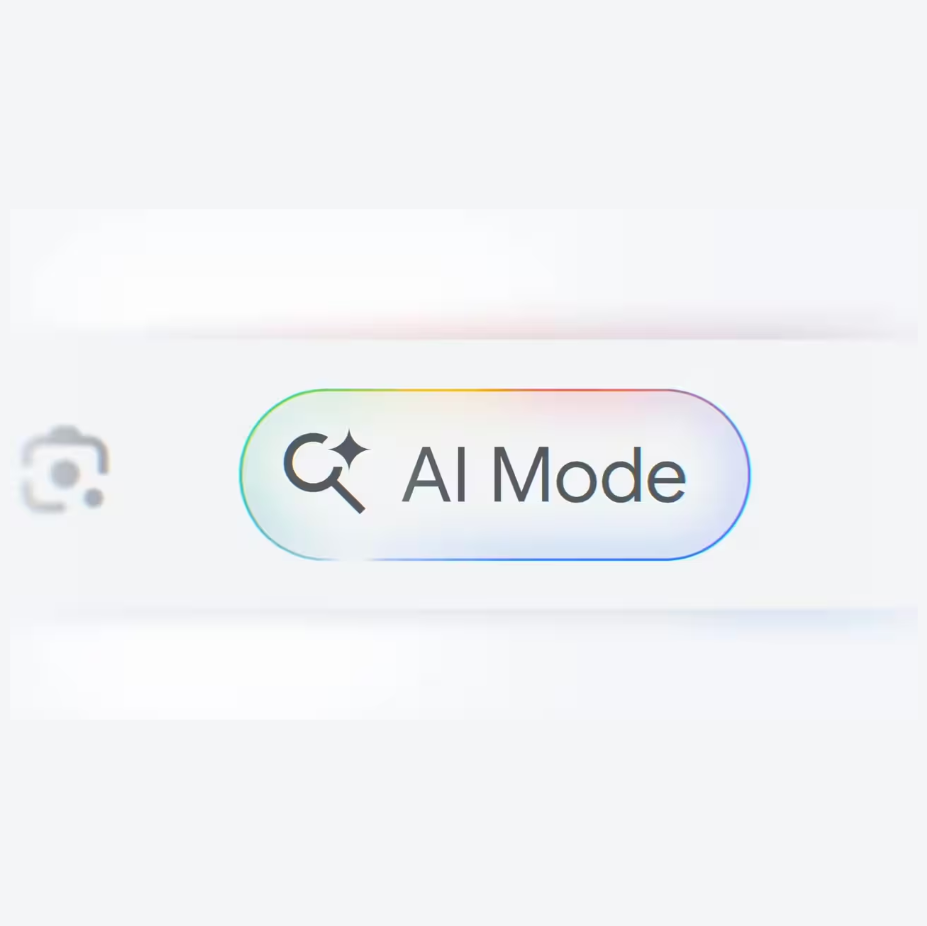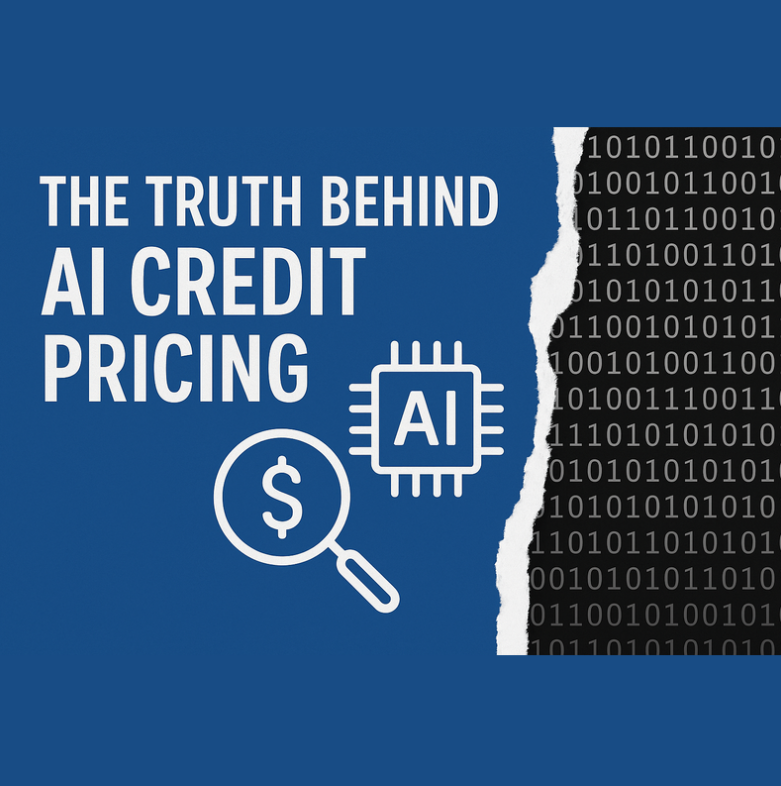
The Real Reason You’re Working Too Much for Too Little
Understanding how much it costs you to acquire a client and how much profit that client generates can mean the difference between thriving and burning out.
If you’re an agency owner or freelancer offering AI and automation services, you’re likely obsessed with optimizing client workflows, deploying cutting-edge tools, and automating for scale. But when was the last time you optimized your own profit model?
That’s where unit economics comes in.
What Are Unit Economics?
Unit economics refers to the direct revenue and costs associated with delivering one unit of your product or service. In your case, the “unit” is often a client or project.
At the core, two metrics matter most:
• Customer Acquisition Cost (CAC): How much you spend to acquire a client.
• Customer Lifetime Value (LTV): How much profit a client generates for your business over the life of the relationship, not revenue (as often misused), but actual take-home profit after all delivery costs.
If your LTV isn’t significantly higher than your CAC, you’re not building a business; you’re building a treadmill.
Why It Matters in the AI & Automation Space
Most AI/automation service providers face similar challenges:
• Custom scopes and deliverables
• Heavy pre-sales consulting
• Long lead nurturing cycles
• High variability in project complexity
• Temptation to overdeliver
These dynamics make it easy to burn through time and money, without realizing how little is left on the bottom line.
Unit economics gives you the financial clarity to see exactly where you’re winning, and where you’re bleeding out.
Key Benefits for Your Agency or Freelance Business
1. Confident Pricing
When you know how much it actually costs to deliver a service, you can price your retainers or projects accordingly, without guesswork or emotional discounting.
Example: If an N8N automation takes 10 hours and your total delivery cost (time + tools + support) is $1,800, and your CAC is $300, then charging $2,800 gives you a $700 profit.
That’s your real LTV. Now you’re pricing based on margin, not ego.
2. Smarter Client Acquisition
You may be getting leads from referrals, paid ads, Upwork, or LinkedIn, but not all channels are created equal.
Tracking CAC by channel lets you double down on what works and drop what doesn’t.
Example: If Upwork brings in clients at a $75 CAC and paid ads average $800 CAC, and both clients have similar LTVs, Upwork is over 10x more cost-efficient. Act accordingly.
3. Filtering Clients for Profitability
High-revenue clients aren’t always high-profit clients. A demanding $10k/month client with constant change requests might yield less profit than a $3k/month client who is easy, recurring, and hands-off.
Use unit economics to:
• Track profitability by client segment or industry
• Spot churn-prone or scope-bloating projects
• Say no to low-margin work even if it looks lucrative on paper
4. Sustainable Scaling
Most freelancers burn out when they scale without financial clarity.
Once you understand your per-client profitability, you can:
• Confidently hire contractors or build a team
• Create fixed-price service packages with healthy margins
• Launch scalable offers (like AI audits or automation playbooks) that grow LTV without bloating delivery cost
• Adjust your advertising budget with precision
What to Track (and How)
1. CAC (Customer Acquisition Cost)
Formula: Total sales/marketing cost ÷ number of new clients acquired
Why It Matters: Shows how much you spend to land a client
Example:
Last month, you spent $1,200 on LinkedIn ads and booked 3 new clients.
→ CAC = $1,200 ÷ 3 = $400 per client
If your profit per project is only $300, you’re losing $100 per new client.
2. LTV (Lifetime Profit per Client)
Formula: (Avg Revenue per Client – Avg Cost to Deliver) × Client Lifespan
Why It Matters: Reveals how much actual profit each client is worth
Example:
You charge $1,000/month for an AI automation retainer. Your cost to deliver (tools, time, support) is $400/month. Average client lifespan is 5 months.
→ LTV = ($1,000 – $400) × 5 = $600 × 5 = $3,000
That’s your actual client value, what you keep, not what you collect.
3. LTV: CAC Ratio
Formula: LTV ÷ CAC
Why It Matters: This is your business’s sustainability score. Aim for 3:1 or higher. I personally prefer a minimum of 4:1, but every business is different. Some may require a higher ratio, while others may need a lower one.
Example:
Using the above, your LTV is $3,000. If CAC is $400:
→ LTV: CAC = $3,000 ÷ $400 = 7.5
Solid. However, if the CAC increases to $1,200 and you don’t improve your profit margins, your ratio drops to 2.5, which may be unsustainable at scale.
4. Gross Margin per Client
Formula: (Revenue – Cost of Delivery) ÷ Revenue
Why It Matters: Measures how efficient your delivery is
Example:
You charged $6,000 for a custom automation project. You spent:
• $1,200 on a contractor
• $300 on AI tools/API credits
• $200 on support/admin
→ Total cost to deliver = $1,700
→ Gross Margin = ($6,000 – $1,700) ÷ $6,000 = 71.6%
You’re keeping ~72% of the revenue as gross margin. That’s great-but if client needs grow and fulfillment cost increases, your margin takes a hit.
Bottom Line
Tracking these four metrics: CAC, LTV (profit-based), LTV: CAC, and Gross Margin, gives you a real-time dashboard of whether you’re building a profitable, scalable business…or simply staying busy without getting paid.
This clarity gives you power:
Raise prices, productize offers, or eliminate inefficient acquisition channels.
Final Thought: Automation ≠ Profit Unless You Track It
You automate client businesses every day. Why not apply that same level of intelligence to your own?
Unit economics isn’t just a spreadsheet exercise; it’s your strategic foundation for:
• Pricing profitably
• Marketing smarter
• Scaling sustainably
If you’re serious about building a durable AI and automation business, master your numbers before you master your next client workflow.







